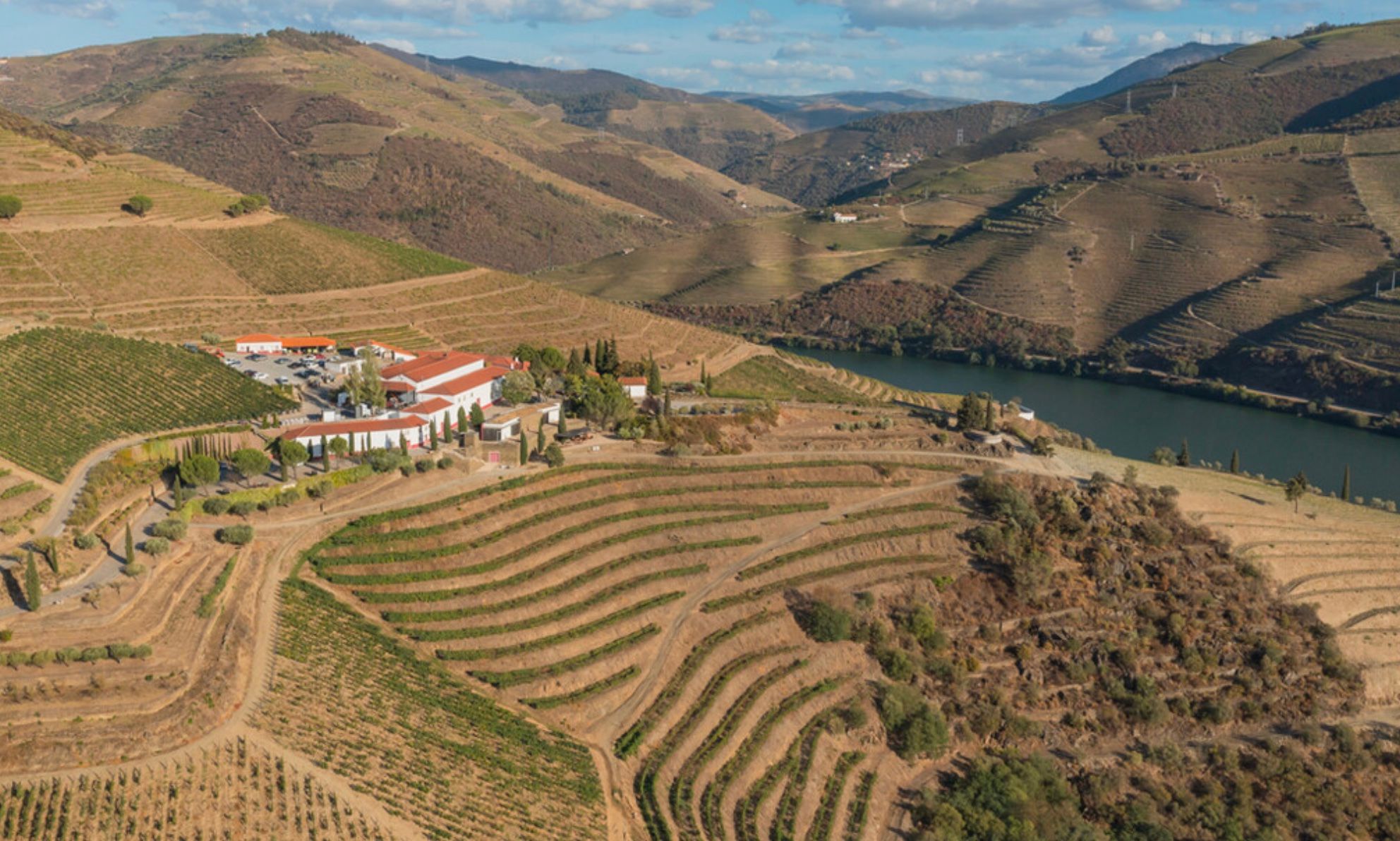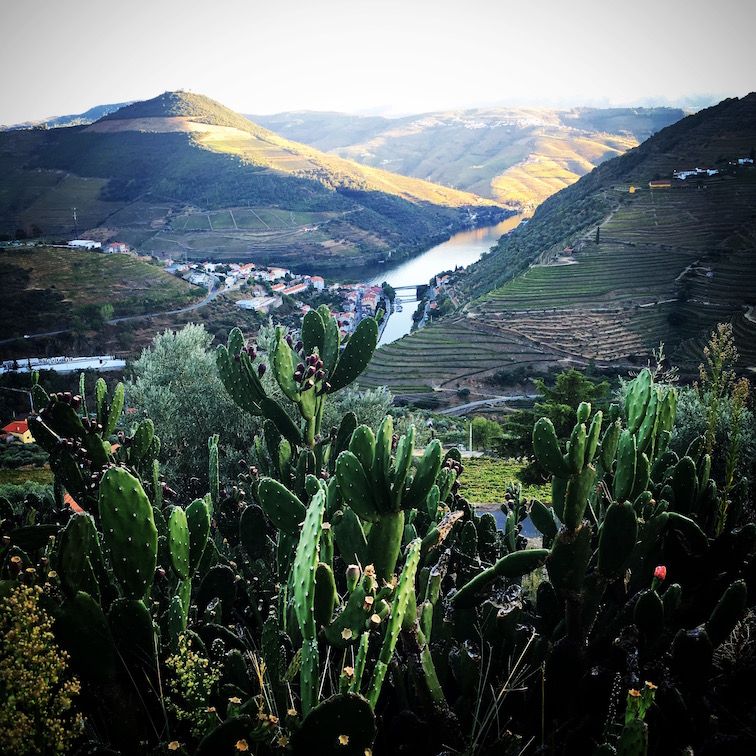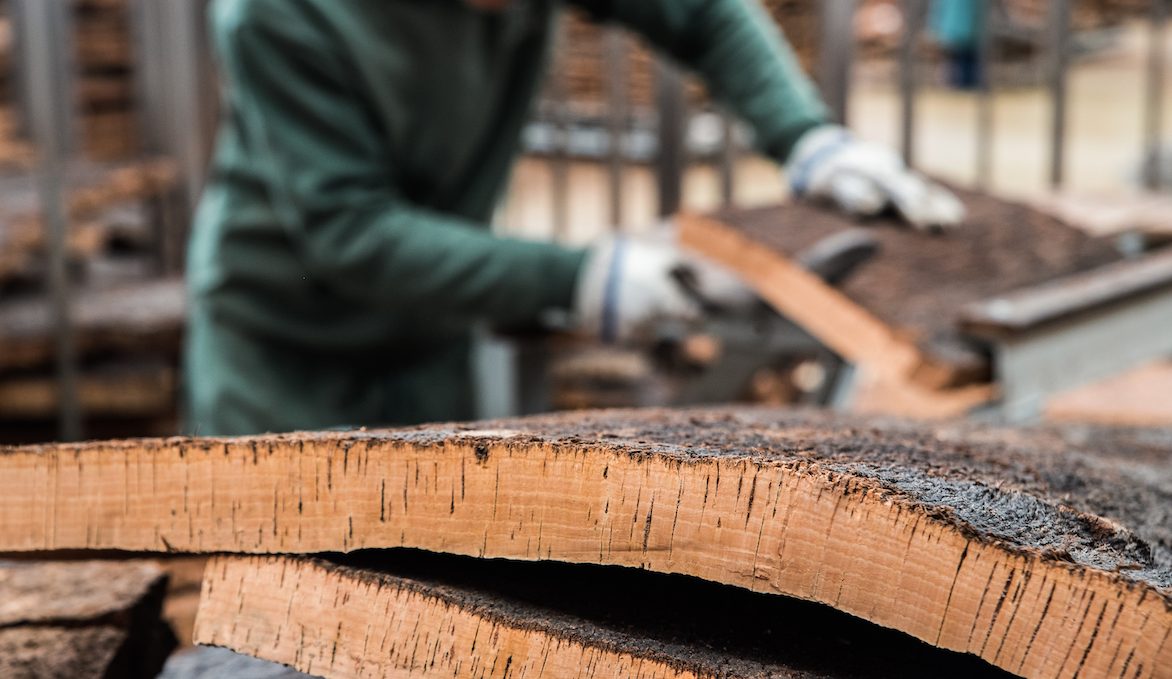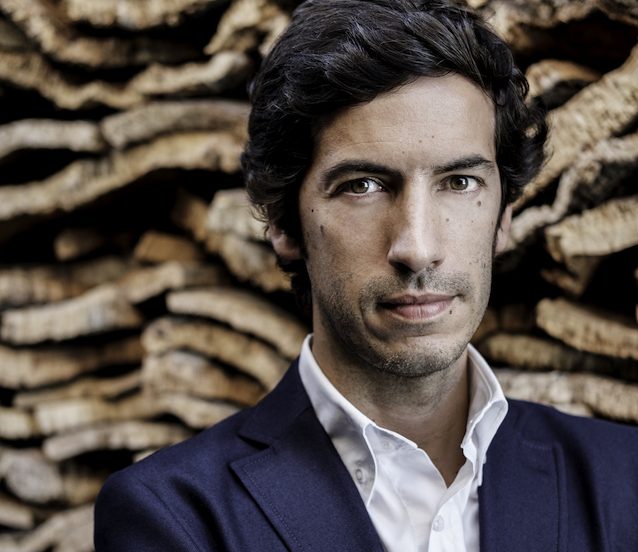You have a famous family name in the world of wine, but tell us about your history and background as a winemaker and producer in your own right?
From a young age, I was immersed in the world of wine, not just in Portugal. My father was always travelling around the world, selling corks and finding new opportunities to grow the family business. During this time, my parents’ house was almost an extension of the family’s social and business relationships and we had the chance to drink wines from around the world.
So, this was really my first step, and then it was quite normal for me to taste wine with my friends.
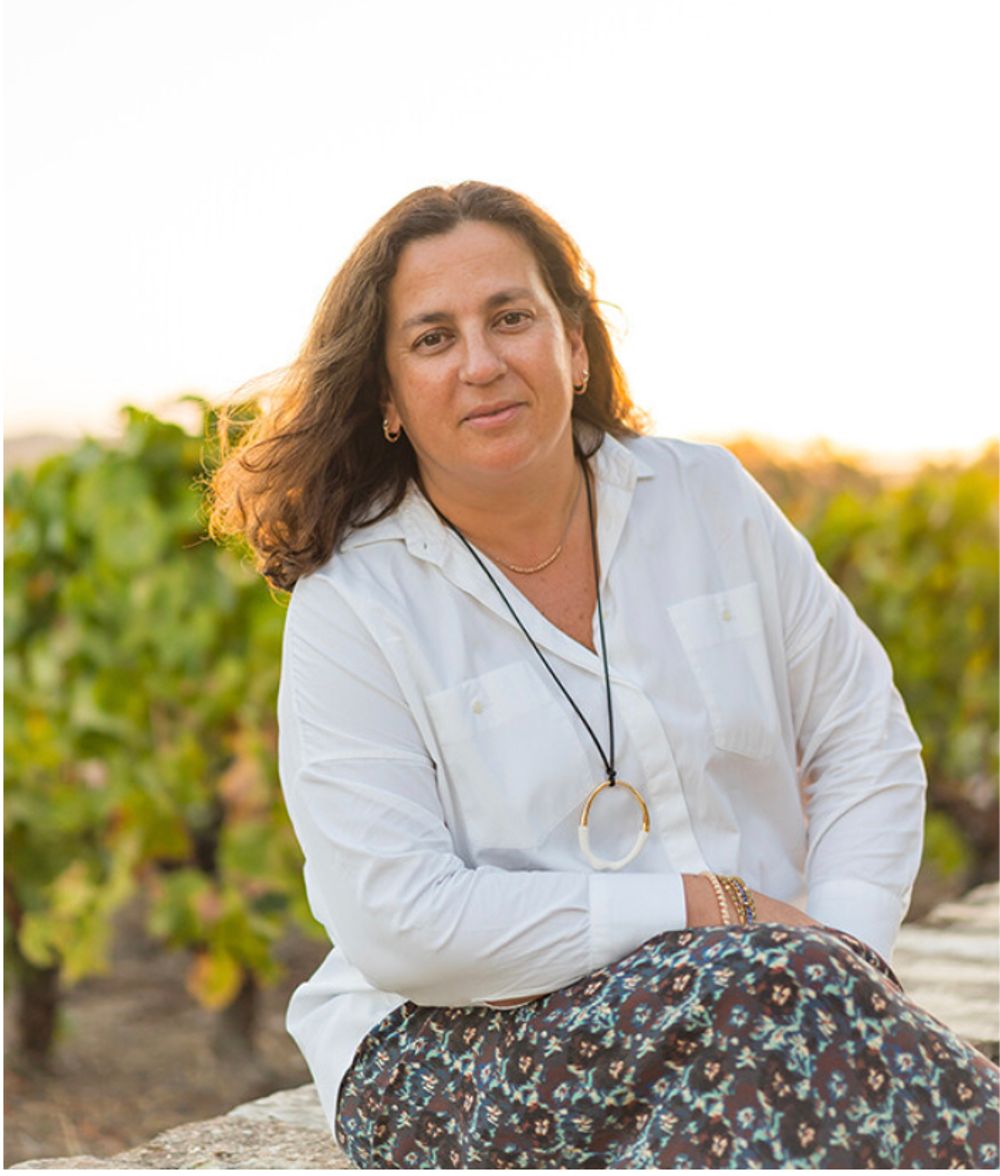
Luísa Amorim grew up in and around the wine industry thanks to the family's cork business
My first job was in hospitality and I also did an exchange program in marketing, finance and consulting.
This proved to be an incredible “training program” and the opportunity to visit wine producers and wineries around the world, learning directly from them and gaining a deep understanding of the diverse winemaking practices, which were so different in Europe and America.
It was also an opportunity to understand wine tourism trends and see the difference between brands and vineyards and their perceived “sense of the place”.
These experiences have profoundly shaped my approach to winemaking, allowing me to blend global insights with a deep respect for the unique terroirs of our regions in Portugal.
What is your winemaking philosophy in terms of the wines you want to make and the vines you want to work with?
As chief executive I now manage Quinta Nova de Nossa Senhora do Carmo, Taboadella, and Herdade Aldeia de Cima. We always respect the place, the people, the indigenous grapes and local and traditional processes. I try to bring this rich tapestry of knowledge to our wines, striving to create expressions that are both true to their origins and informed by a global perspective. The rest all comes down to hard work and passion.
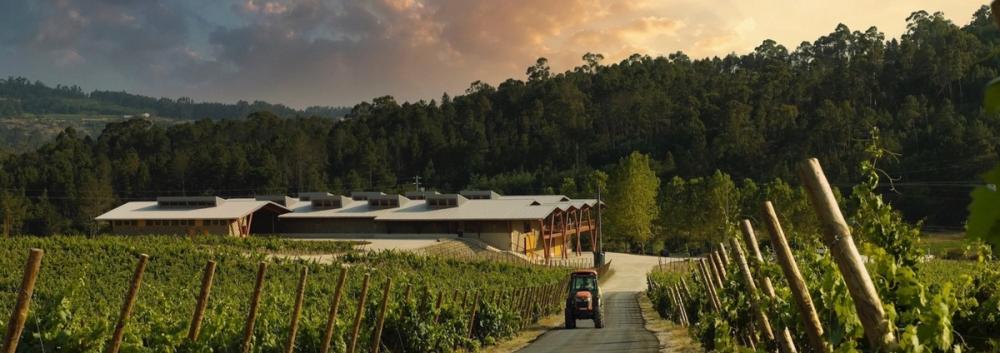
Taboadella is a 42 hectare estate in Portugal's Dão wine region
I believe wine should be a true reflection of the land it comes from, which is why we focus on native grape varieties that are perfectly adapted to our regions. We like to produce wines that are elegant, fine, balanced, and capable of aging gracefully, wines that tell the story of their origins with each sip.
I also like to be challenged and challenge the team. The world is changing so fast, and sometimes it is not easy to find the right way between trends and tradition.
When I grew up we used to eat pizza with my parents, now my husband and I eat sushi with my teenage daughters. We have to be able to change, without losing the essence, and also add joy to your life experiences.
This is why we have created so many different wines, launching unoaked reds, rosé and Blanc de Noirs classic style wines. The focus is always to produce extremely fine and elegant whites, and recover old grapes capable of expressing their unique qualities.
I don’t always choose the easiest route because I need to motivate myself and make sure we are striving to do the best we can and investigate more. This is part of the process. Also, nature offers you new challenges every day.
Basically, we aim to create wines that not only express the unique characteristics of each vineyard but also embody the soul of the place, from the Douro's rugged beauty to the elegance of the Dão and the richness of Alentejo.
You are investing a lot in sustainability - what sort of initiatives are you following?
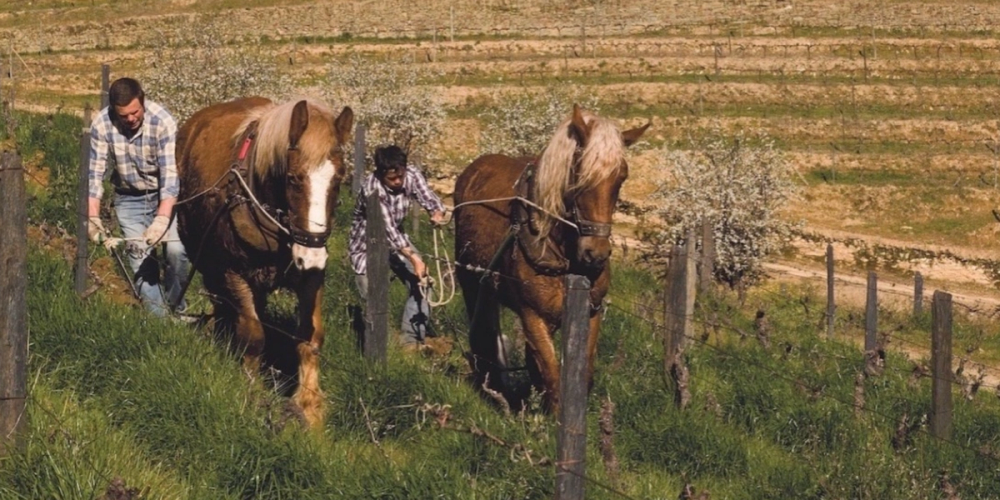
Sustainability and how Amorim looks after its vines and land is key to its business and winemaking strategy
Sustainability is at the core of everything we do, and our approach is comprehensive, addressing both environmental and social aspects.
We’ve implemented organic and biodynamic farming practices across our vineyards, water management measuring the soil humidity, old grapes which can be more resilient, and we are experimenting with granulated cork on the soil (new plantings) to retain water for a longer period and protect the root from the heat, and help preserve, as much as we can, the leaves which protect from sunshine.
Steps that allow us to take care of the soil and its nutrition - this is really fundamental.
At the winery we are using more and more concrete and other organic vats (terracotta, cocciopesto), paying attention to the natural temperatures and textures. We are looking to use less and less wood, and have bigger vessels, 500, 1,200 and 3,300 litres.
In terms of landscape, we prioritise the concept of mosaic and mixing forests and plants and try not to have big parcels and focus more on smaller plots of between 0.5 hectare and 1.5 hectares, with different sun exposition and grapes, to create more resilience.
We also support local communities and invest all the time in sustainable tourism initiatives. We also create philanthropic and social projects in each of the regions we work in. For example, I am the founder of Bagos d´Ouro association in Douro which now helps with the education of more than 200 children from the region.
You work a lot with amphora and different formats - why is that and what qualities do they bring to the wines?

Amorim works with a number of different formats in its wineries to help bring them as close to the place where they hae been made
Working with amphorae and other traditional formats allows us to tap into ancient winemaking practices that offer unique benefits to our wines. I love the texture, the minerality, the sensation and the fact you are tasting the soil and touching the ground when you sip the wines.
Amphorae, Tinajas, Tulipes they all allow a fantastic micro-oxygenation and more diversity and complexity, resulting in wines that are pure expressions of the grape and terroir. These vessels help us craft wines with a certain texture and complexity that might not be achievable through more modern methods. They also connect us to the deep historical roots of winemaking in regions like Alentejo, where amphorae have been used for centuries.
How hard is to keep on top of your sustainability responsibilities?
If you have a vineyard and a winery, and you don’t think of how you are going to sustain them in the future, it might be better to change and sell the business.
It is now a fundamental part of the job. We must talk about and respect nature. Sustainability is a continuous journey, and while it can be challenging, it is also incredibly rewarding. The challenges often lie in finding the right balance between innovation and tradition and ensuring our practices not only protect the environment but also enhance the quality of our wines.
It requires constant vigilance, ongoing education, and a willingness to adapt to new information and technologies. However, the sense of responsibility we have toward our land, our communities, and future generations keeps us motivated to push forward, no matter how difficult the path may be.
What have been the biggest challenges for you making and developing your own wines?
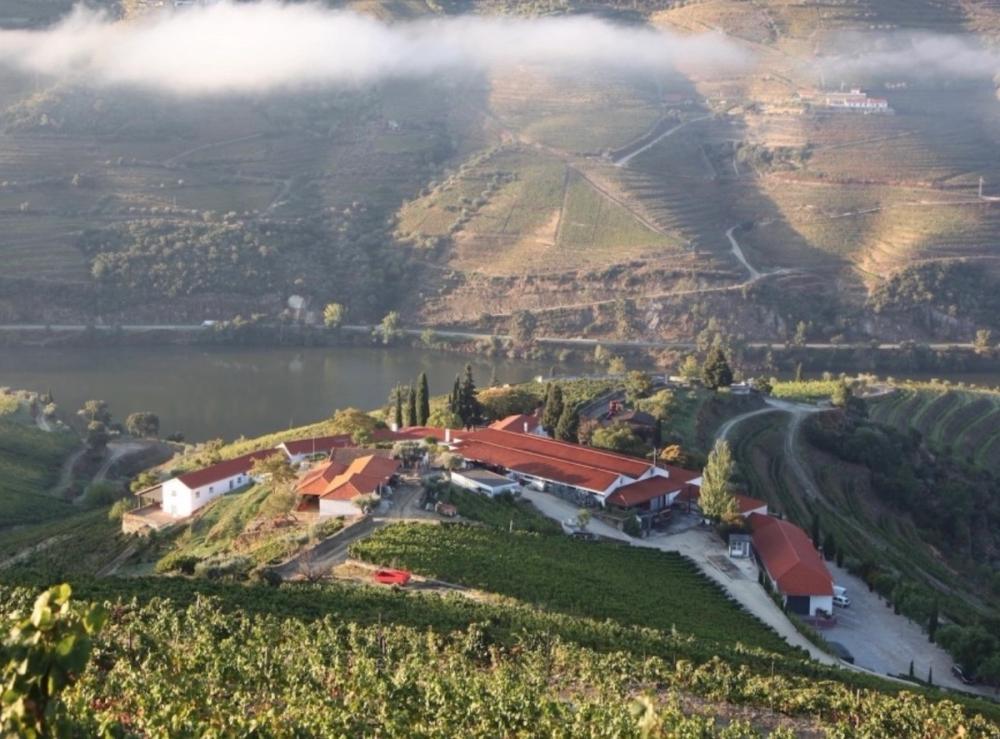
Amorim has two properties in the Douro Valley - Quinta Nova de Nossa Senhora do Carmo (pictured) and Quinta de São Cibrão
One of the biggest challenges has been selling Portugal and Portuguese wines with a respectable price point. Another is to educate consumers and professionals about our diversity- we have more than 250 grapes in Portugal.
What have been your proudest achievements?
I am incredibly proud of our teams. They are all different, and they do everything for each winery and vineyard. Without them we couldn’t achieve the recognition for our wines. However, what brings me the most pride is seeing the impact we’ve had in our wine regions and communities, trying to share knowledge and building a legacy for Portuguese wines that respects the past while looking towards the future.
What outstanding ambitions do you have for your wines and vineyards?
Excellence. But we need to continue to elevate the profile of Portuguese wines on the global stage and demonstrate our regions can produce wines that stand alongside the best in the world.
You are also working in Alentejo with your own winery - Herdade Aldeia de Cima - and Dão - why do you want to make wines in those regions?
Alentejo and Dão offer unique and contrasting terroirs that allow us to explore the diversity of Portuguese wines. Alentejo’s warm climate and varied soils are perfect for producing powerful, structured wines with a rich, full-bodied character. In contrast, Dão’s cooler temperatures and granite soils produce wines with elegance, freshness, and finesse. By working in both regions, we can showcase the breadth of what Portuguese terroir has to offer, creating wines that reflect the distinctiveness of each place while also exploring the harmony between them.
What are the biggest differences in what you are able to achieve in both regions?
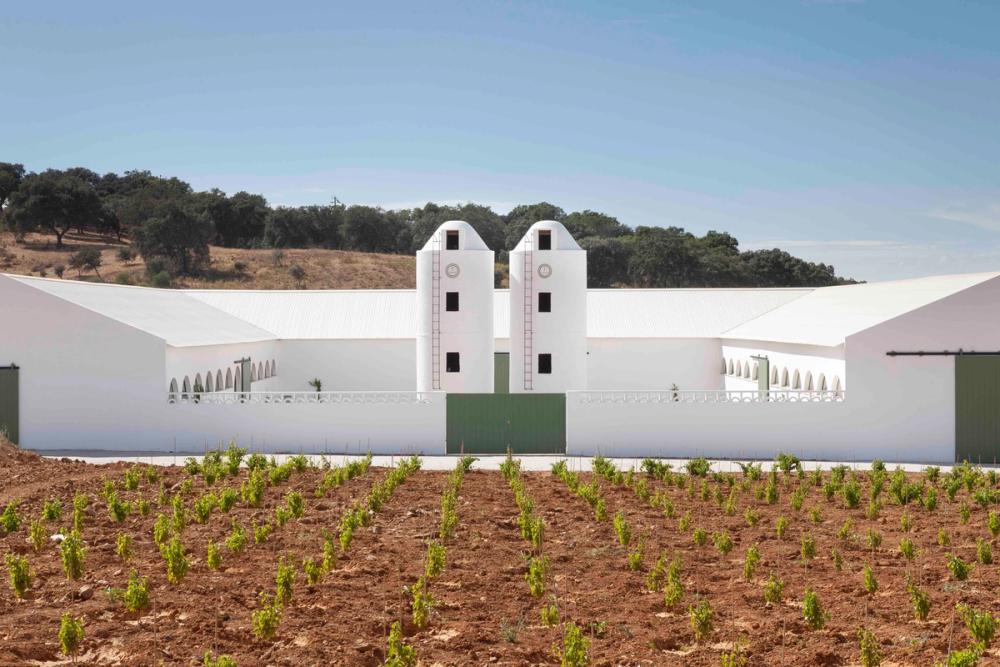
Herdade Aldeia de Cima in Alentejo
The biggest difference lies in the style and character of the wines we aim to produce in each region. In Alentejo, our main goal is to craft fresher wines that still possess significant structure and texture. The unique microclimates within our vineyards allow us to create wines that defy the traditional expectations of the region, focusing on balance and elegance rather than sheer power.
In contrast, Dão's cooler temperatures and granite soils lend themselves to producing wines with natural acidity and finesse. Each region presents its own set of challenges and opportunities, allowing us to explore a diverse range of expressions in our wines, each with its own distinct identity.
You are also doing a lot of work in your local communities? What initiatives can you share with us?
We believe our success is deeply tied to the well-being of our local communities, and we are actively involved in several initiatives that support local culture, education, and sustainable development.
One of the most significant initiatives is the creation of the association Bagos D'Ouro, which I founded to educate children in need in the Douro region. The association focuses on breaking the cycle of poverty through education, providing children with the resources and opportunities they need to succeed.
In addition to Bagos D'Ouro, we partner with local schools to offer educational programs about viticulture and winemaking, inspiring the next generation to carry on these traditions. We also support local artisans and producers by integrating their products into our offerings, helping to preserve the cultural heritage of the regions.
Furthermore, we are committed to promoting sustainable tourism that benefits the community economically while preserving the natural and cultural resources that make our regions so special.
These initiatives reflect our deep commitment to giving back to the communities that have supported us for generations, ensuring a brighter future for all.
* You can find out more about Amorim and its wineries here.
* You can find out more about Herdade Aldeia de Cima at its website here.
